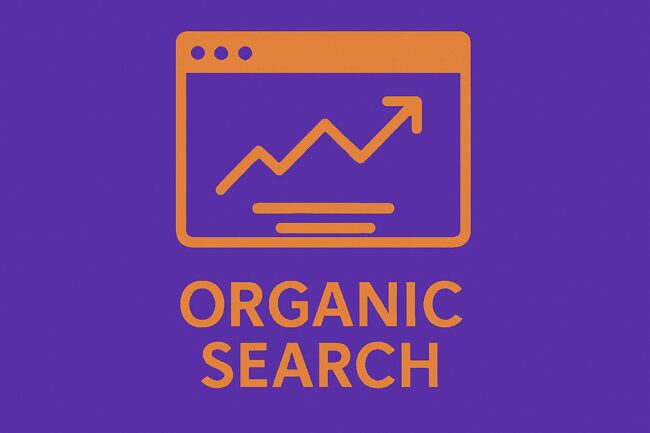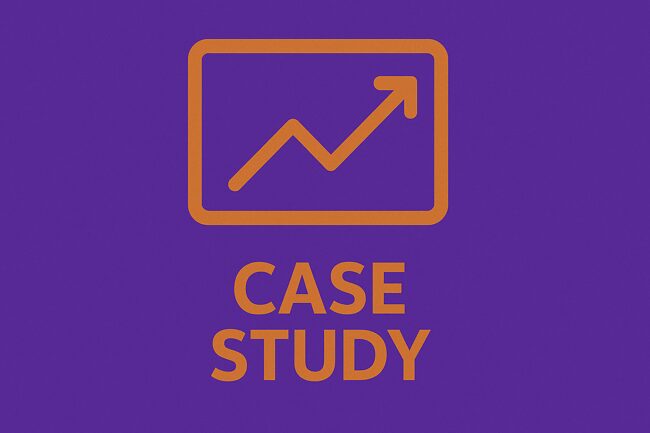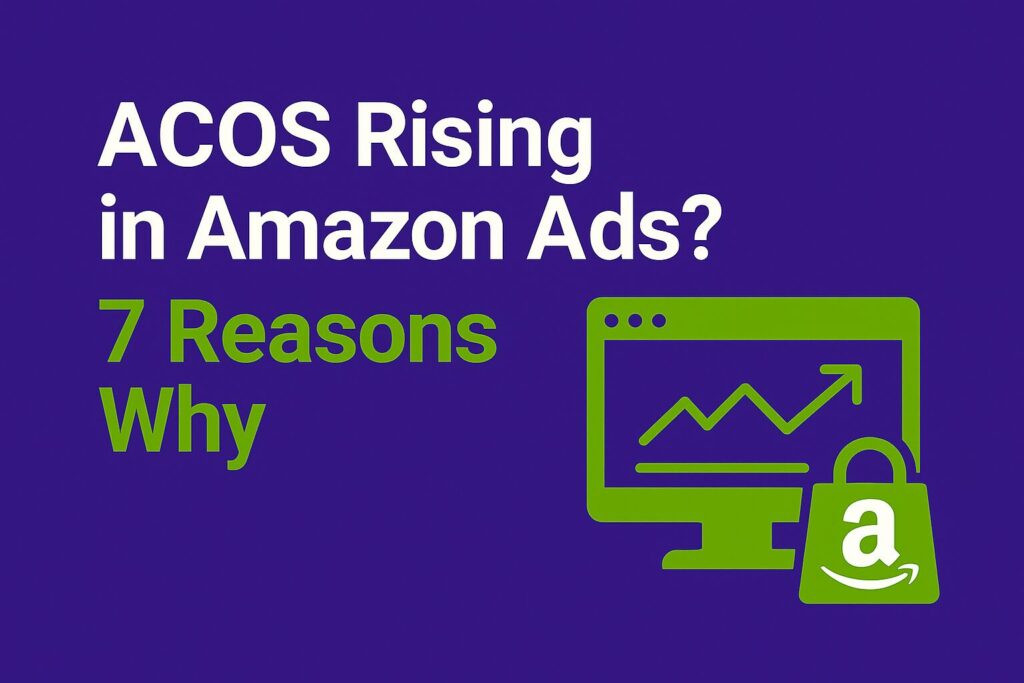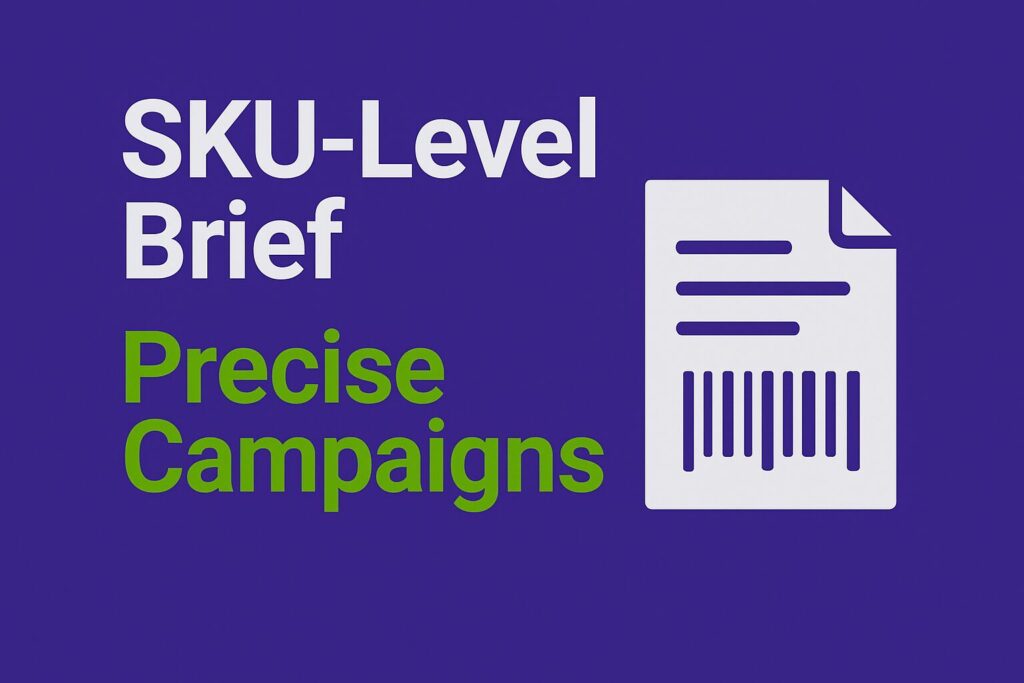In the dynamic world of digital marketing, the strategy of Paid vs Organic Search Retail Media plays a crucial role in driving e-commerce success. Search is at the heart of every digital campaign, and understanding the balance between paid search and organic search is essential for capturing immediate traffic and building sustainable brand credibility. When these approaches are integrated with retail media strategies, businesses can unlock even greater value—delivering immediate visibility while nurturing long-term customer engagement.
1. Understanding Paid Search
Paid search, often known as pay-per-click (PPC) advertising, involves advertisers bidding on keywords so that their ads appear at the top or alongside organic search results. Here’s an in-depth look at its attributes:
Advantages of Paid Search
- High Click-through Rates (CTR): By bidding on high-intent keywords (e.g., product or brand-specific searches), advertisers often see better CTRs. This advantage is crucial for driving quick traffic to e-commerce platforms.
- Precise Targeting: Paid campaigns allow for granular targeting based on geography, time, device, demographics, and even purchasing behavior. In the realm of retail media, this means you can tailor campaigns on platforms like Amazon Ads for better product placement.
- Performance Measurement: Detailed analytics provide insights on ad impressions, clicks, and conversions in near real time, allowing for rapid campaign adjustments.
Disadvantages of Paid Search
- Cost: Especially in competitive markets, bid prices for high-volume keywords can be steep. Without proper management, costs may quickly outpace returns.
- Temporary Visibility: Ads disappear as soon as your budget runs out or the campaign stops. Unlike organic results, the exposure is temporary unless continuously funded.
- Management Complexity: Effective PPC campaigns require constant monitoring and expertise to optimize keyword bids, ad copy, and landing pages.

2. Diving into Organic Search
Organic search results are earned by optimizing your website’s content and structure—commonly known as Search Engine Optimization (SEO). Here’s why organic search remains critical:
Advantages of Organic Search
- Sustainable Results: Once you achieve high rankings, quality content and strong SEO practices can maintain that position longer, offering steady visibility without ongoing direct costs.
- Enhanced Credibility: High organic rankings can build trust with users as they often perceive these results as more reliable and authoritative.
- Long-term ROI: Although SEO requires initial effort and time, its benefits accumulate over time, often leading to significant cost savings compared to perpetual PPC spending.
Lmitations of Organic Search
- Slow Process: Achieving top rankings organically can take months or even years, depending on keyword competitiveness and content quality.
- Resource Intensive: Maintaining top-tier content and implementing continual SEO improvements require ongoing investment in both time and resources.

3. Integrating Paid & Organic Search Within a Retail Media Framework
While paid and organic searches have unique strengths and challenges, combining them creates a more comprehensive digital strategy. Here’s how they intersect with retail media:
Unified Search Strategy for Retail Media Success
- Complementary Advantages: Using paid search for immediate visibility and organic search for a sustainable presence allows your brand to capture a larger share of the search real estate. In retail media, this dual strategy is particularly valuable. For example, brands running Amazon Ads can simultaneously optimize product listings through SEO best practices—enhancing both sponsored and organic placements.
- Enhanced Customer Journey: Paid campaigns drive immediate action and help to initiate conversions, while organic content builds long-term trust and authority. When integrated within a retail media framework, these efforts ensure that potential buyers are reached at multiple touchpoints during their shopping journey.
- Data-Driven Optimization: Insights gained from organic search performance can inform your PPC strategies and vice versa. By analyzing customer behavior across both paid and organic channels, you can better tailor your retail media campaigns for maximum conversion rates.
4. Case Study Snapshot
Example: E-commerce Brand Launching a New Product on Amazon
Consider an e-commerce brand preparing to launch a new product on Amazon. The brand adopts a dual search strategy to maximize visibility and performance across the platform:
- Paid Search Component: The brand kick-starts its product launch with targeted Amazon PPC campaigns. By bidding on high-intent keywords and optimizing ad placements, the paid ads secure top positions in search results, ensuring immediate exposure during the critical launch phase.
- Organic Search Component: In tandem with its PPC efforts, the brand invests in organic SEO by refining its product listings. Enhanced product descriptions, optimized images, and a strong focus on customer reviews are implemented to bolster the product’s organic ranking. Over time, these efforts help drive sustained visibility in both Amazon search and external search engines.
- Integrated Retail Media Strategy: By combining paid and organic tactics, the brand leverages the benefits of both approaches. The initial paid search boosts immediate traffic and conversions, while the ongoing organic SEO builds credibility and long-term engagement. The synergy between these tactics creates a seamless customer journey, where prospective buyers encounter consistent messaging at multiple touchpoints—ultimately leading to higher sales and improved return on investment.
This case study demonstrates that a coordinated approach, utilizing both paid and organic search within a retail media framework, can significantly enhance an e-commerce brand’s overall performance.

Conclusion
Both paid and organic search methods are fundamental components of a robust digital marketing strategy. While paid search offers immediate visibility and precise targeting, organic search delivers long-term credibility and sustainable traffic. When these approaches are integrated into a cohesive retail media strategy, they reinforce one another—leading to an optimized customer experience and higher e-commerce performance.
By understanding and leveraging the strengths of both, digital marketers can build a powerful, comprehensive approach that not only drives search visibility but also enhances overall retail media success. Continue following the articles on my blog for more deep dives and actionable insights on advanced digital marketing tactics.
Senior E-commerce & Retail Media Leader with 8+ years across Amazon and leading marketplaces. Focus on full-funnel strategy, programmatic retail media, and international media governance. Sharing frameworks and operating models for growth.



